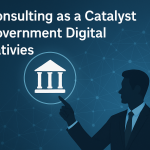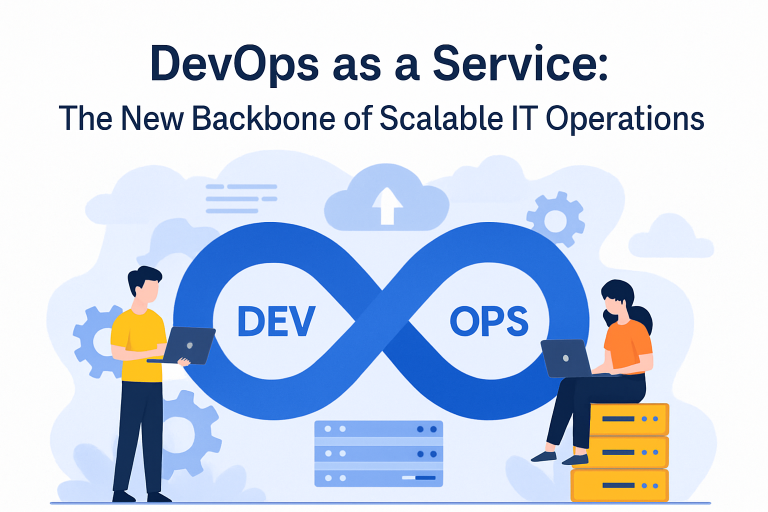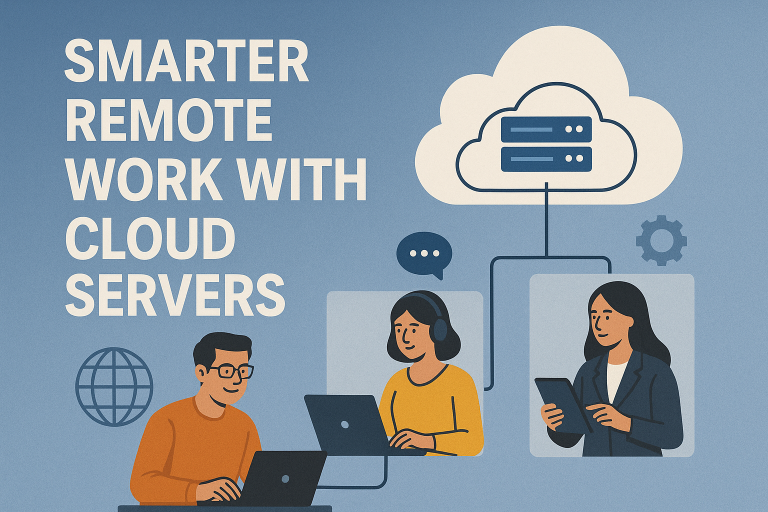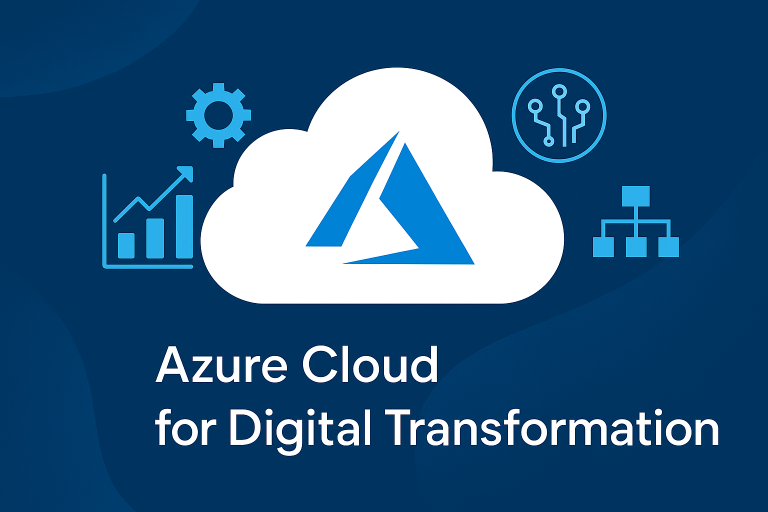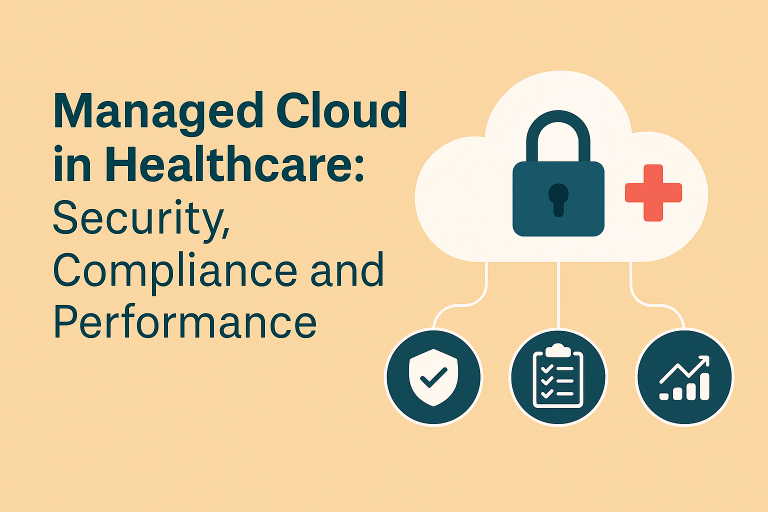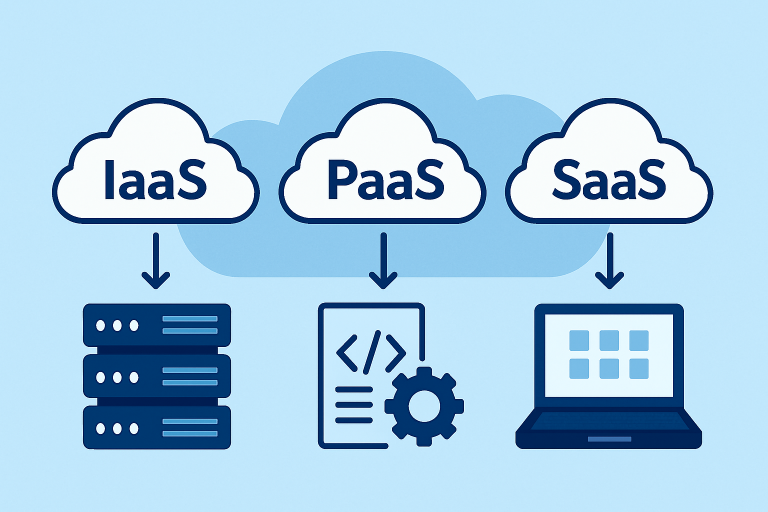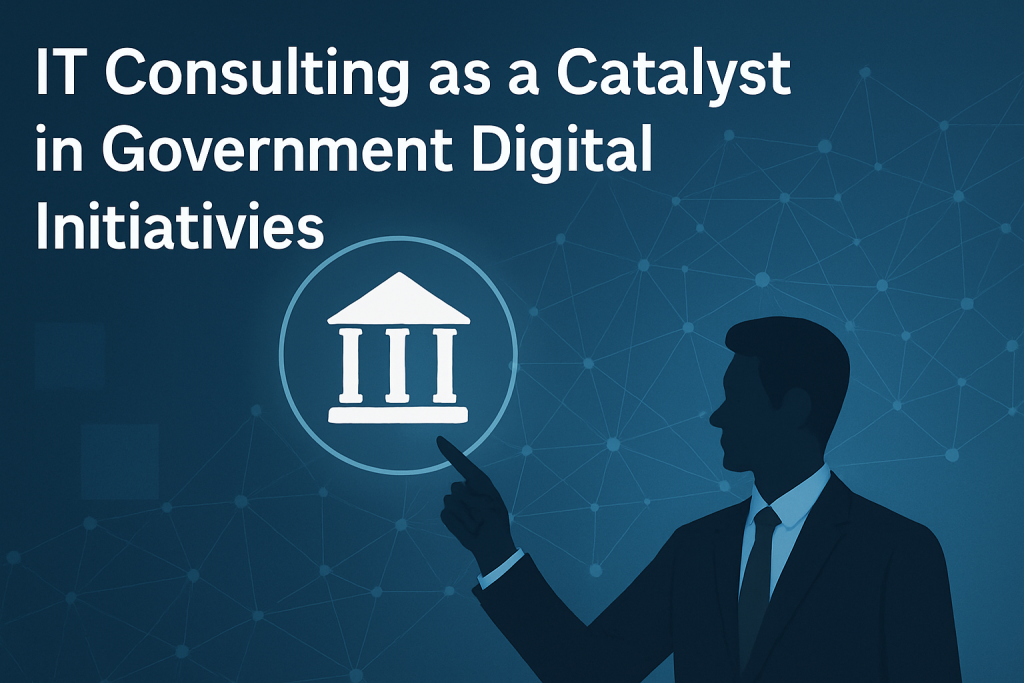
Walk into a government office, and you will often find a paradox. On the one hand, there are passionate public servants with a vision for a better society—more accessible healthcare, faster legal systems, and transparent governance. On the other hand, these ambitions are tethered to legacy systems, manual workflows, and bureaucratic inertia. Somewhere between intent and implementation, innovation tends to lose its edge. Now, what if the bridge between vision and execution is not just technology—but the right-thinking partner? This is where technology consulting services quietly become the unsung architect of public sector transformation. In fact, IT consulting for government transformation is emerging as a critical function—one that connects policy, technology, and purpose to drive lasting public impact.
Beyond Service Delivery: Why Government Innovation Must Rethink the Blueprint
Let us discard the tired definition of digital transformation as simply “putting services online.” That is the low-hanging fruit. Real transformation means reimagining how government works—from its foundational logic to the citizen experience. And to do that, you need not just coders or cloud tools, but strategic provocateurs who ask the uncomfortable questions:
- Why are services still designed around departmental boundaries instead of life events?
- Why must citizens prove who they are repeatedly across government systems?
- Why do compliance requirements hinder experimentation instead of shaping it?
IT consultants—especially those experienced in public sector design—ask these questions and, more importantly, answer them.
The Role of IT Consultants as Strategic Interpreters
In the public sector, digital success is not about moving fast and breaking things. It is about moving wisely and building things that last. IT consultants operate in this space as interpreters between policy, people, and platforms.
They translate legislative goals into actionable blueprints, decode user needs from data patterns, and balance innovation with compliance and risk. In essence, they act as both engineers of trust and orchestrators of change.
But the real magic lies in their ability to shift focus from technology as a tool to technology as an enabler of systemic change.
When Technology Becomes Policy
Here is something most digital strategies overlook: every technology decision made by a government eventually becomes a de facto policy decision.
- Adopt a proprietary cloud stack? You might lock in procurement constraints for the next decade.
- Use facial recognition to streamline access? You are making an ethical decision about privacy, surveillance, and inclusion.
IT consultants bring not just technical guidance but ethical foresight. The best among them guide governments through these silent crossroads—where code quietly rewrites how power distributes, how access grants, and how accountability enforces.
In day-to-day experiences, Indian citizens may occasionally face challenges when accessing public services. For example;
The Problem: A state government’s citizen service portal, used for processing welfare benefit applications and disbursements, crashes annually during peak demand seasons (e.g., before festivals or financial year-end).
The root causes:
- Legacy monolithic architecture
- Manual validation workflows across multiple departments
- Data silos across departments (Social Welfare, Treasury, Identity, Banking)
- No predictive load management or scalable backend
- Frequent downtime causes political backlash and citizen distress
The Impact
- Thousands of applications stall
- Manual queues overflow at government offices
- Vulnerable citizens (elderly, disabled, rural) are disproportionately affected
Solution: Microservice Layer & API Gateway Overlay
Instead of overhauling the entire legacy system, consultants introduce a modular microservices layer—just for key tasks like user login, application status, and payment tracking. These are exposed through a secure API gateway, enabling:
- Partial decoupling of legacy systems
- Elastic scaling during peak demand
- Fast recovery from isolated failures
All of this happens without a full system rewrite—ensuring continuity and low risk.
Also, implement: New features and modules are deployed using a blue-green strategy—two identical production environments (one active, one idle). Traffic can be shifted instantly if an error occurs, resulting in zero-downtime updates.
The Uncomfortable Truth About Innovation in the Public Sector
Let us be honest: innovation in government is not a software update. It is a cultural negotiation. You are dealing with risk-averse structures, deeply ingrained processes, and systems that were built to resist rapid change. It is no wonder that most digital initiatives collapse under the weight of their own complexity.
This is precisely where the true value of IT consulting lies—not in writing code, but in rewriting the playbook of how innovation happens in complex, high-stakes environments.
Consultants often come in not just to build but to unblock—unblock silos, legacy debt, fear of failure, and above all, the inertia of “how things have always been done.”
They do this through mechanisms often invisible to public eyes:
- Hosting safe-to-fail pilot environments where experimentation is possible without political blowback.
- Embedding design thinking in departments that have never heard of user journeys.
- Co-creating with citizens, rather than prescribing solutions to them.
The Shift from Consultant as Vendor to Consultant as Embedded Ally
Historically, governments treated consultants like vendors—brought in to deliver a fixed output on a defined timeline. But the new era of transformation demands something different: embedded allies who become part of the government’s digital DNA. And that shift starts with selecting the best IT consultants—not just for their technical skills, but for their ability to think systemically, build trust, and drive long-term public value.
This means long-term partnerships where consultants:
- Train internal teams to think in systems, not silos.
- Develop internal capabilities, not dependence.
Measure success not just by uptime and ticket resolution, but by public value created.
The consultant’s role expands from technical advisor to public sector futurist—helping governments not just fix today’s problems but design tomorrow’s potential.
Rethinking Procurement: From Outputs to Outcomes
Here is a radical idea: What if government RFPs started asking for problem solvers, not just solution providers?
Most public sector projects still operate on transactional procurement models that reward predictability over potential. But innovation is rarely predictable. It needs room for evolution, feedback loops, and human nuance.
Progressive governments are already shifting toward outcome-based engagements—where IT consultants are not penalized for learning along the way but incentivized for enabling measurable public impact. This changes everything.
Where the Innovation Really Happens
Want to know where real government innovation happens? It is not in a glossy dashboard or a smart city prototype. It happens in quieter moments:
- A public health team finally gets interoperable data from five departments to track disease outbreaks in real time.
- A farmer accesses a subsidy scheme from their mobile phone without visiting five different offices.
- A homeless person gets matched with housing services based on data, not discretion.
Behind each of these moments is a complex web of decisions, system integrations, stakeholder negotiations—and often, a team of consultants working silently in the background to make it all work.
The Long Game: Sustainable Innovation Through Capacity Building
The best consultants know when to leave. Because the true test of impact is not in how much they build, but how much they leave behind—in capability, in culture, in courage.
Government innovation cannot be outsourced. But it can be accelerated, guided, and scaffolded. IT consultants play that catalytic role—not by doing things for governments, but by teaching them to do things differently.
And when done right, they do not just deliver digital solutions—they reshape public institutions for a new era.
Conclusion: The Quiet Revolution
The next big leap for the government isn’t just about launching another shiny new product. It’s about shifting how we think – moving from simply reacting to problems toward actively reshaping public systems for the better. And making that shift won’t be just about writing lines of code.
It’s going to take consultants who really understand the complex web of governance, human behavior, ethics, infrastructure, and systems thinking. These are not just tech experts; they are architects of transformation, guiding governments through complexity with a clear and thoughtful vision.
This quiet revolution is gaining ground, driven by bold, purpose-led tech projects that reshape how governments serve:
1. Digital Identity Ecosystems
Designing unified, cross-agency ID systems using biometrics, blockchain, and zero-knowledge proofs to streamline citizen access and protect privacy.
2. AI-Driven Policy Simulations
Using machine learning and digital twins to simulate the impact of policy decisions before implementation.
3. Predictive Public Health Platforms
Building real-time health systems that combine hospital, genomic, and environmental data to anticipate outbreaks.
4. Autonomous Governance Models
Piloting smart contracts and automated decision-making for low-risk tasks like tax refunds or benefit disbursement.
5. AI Legal Support for the Underserved
Deploying NLP-driven legal assistants to help citizens understand rights and draft basic legal documents.
6. Ethical AI Auditing
Developing frameworks to audit government AI systems for bias, fairness, and transparency.
7. Green IT Infrastructures
Advising governments on energy-efficient tech stacks, green data centers, and sustainable digital services. Each of these is more than just a digital project. They are structural interventions for a more intelligent, inclusive, and ethical public sector. This is not a digital government. This is adaptive government—a model that listens, learns, and evolves. At the heart of this movement lies IT consulting services—not as a vendor offering, but as a strategic function that reimagines how governments serve people in a digital age.
